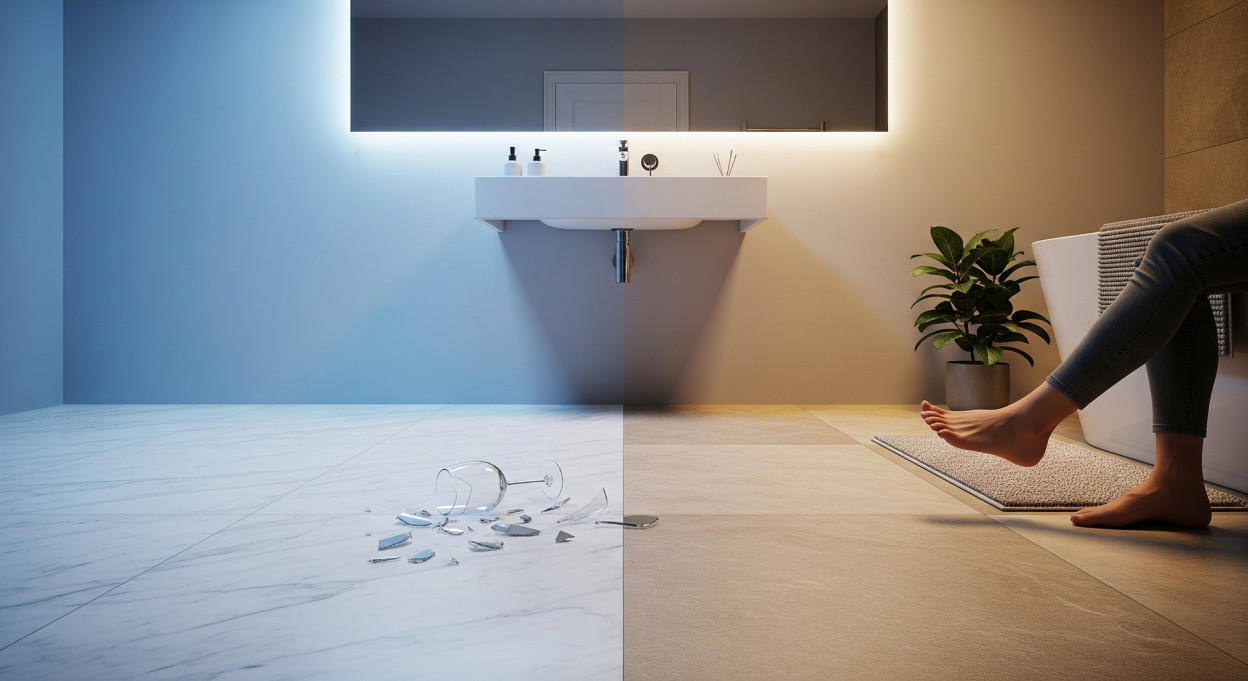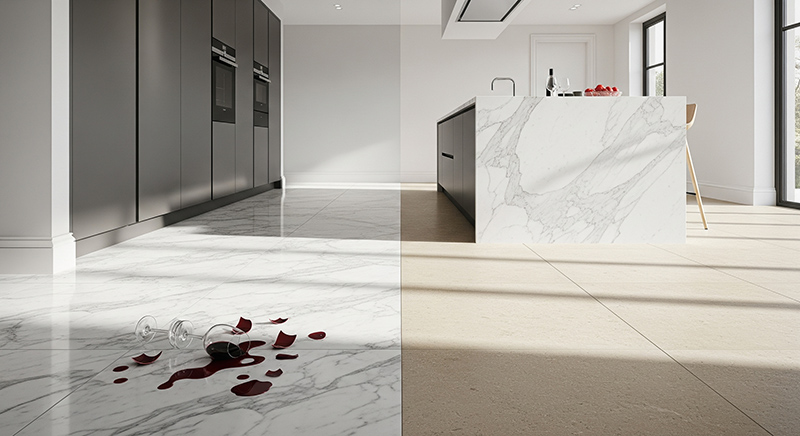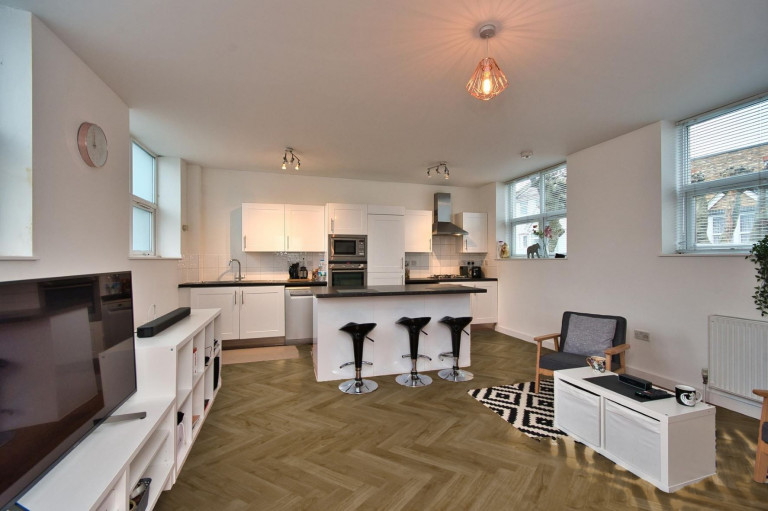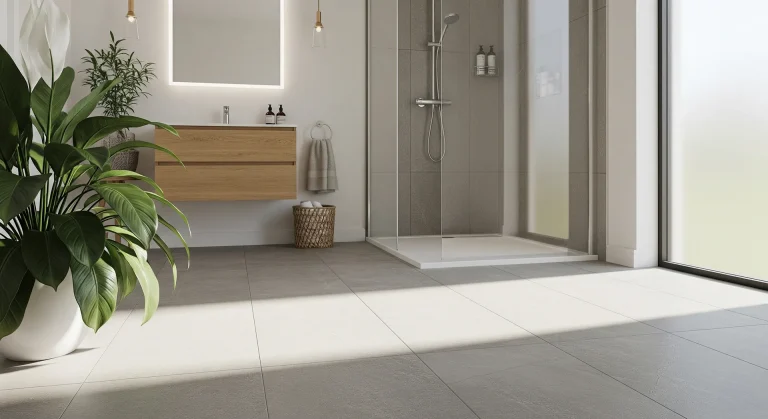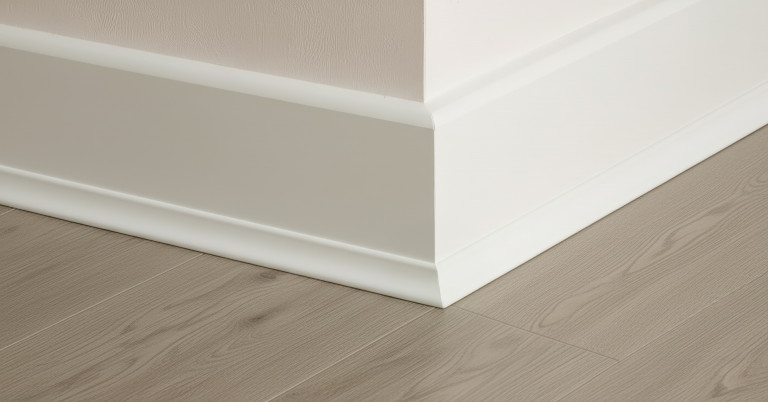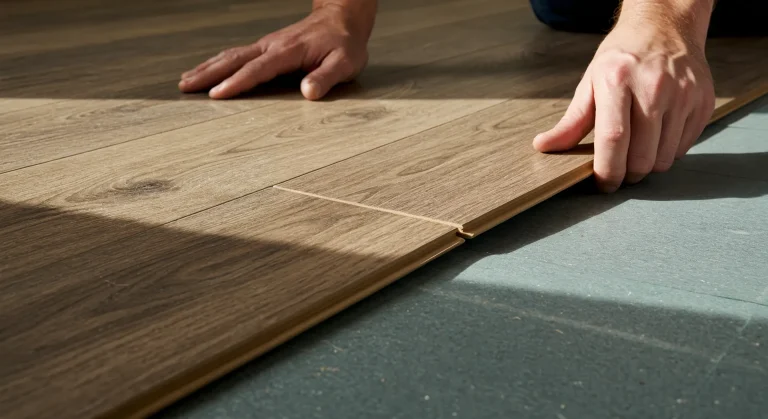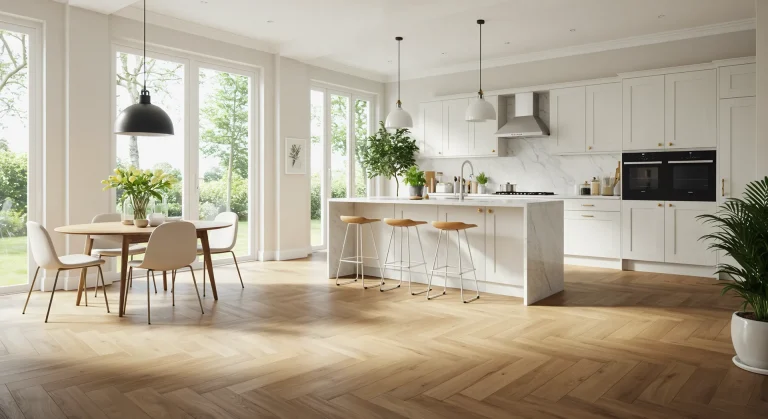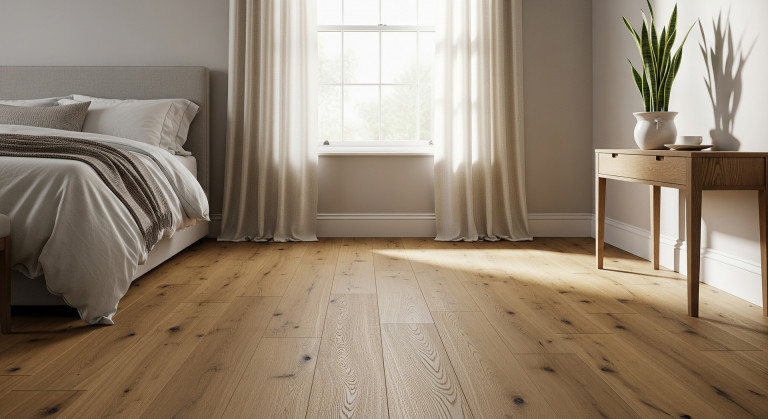There are few materials that evoke the same sense of permanence, luxury, and connection to nature as stone flooring. From the rustic charm of limestone in a country kitchen to the polished elegance of marble in a grand hallway, a stone floor makes a powerful statement. It promises a lifetime of durability and a unique, timeless beauty that can significantly enhance the value of a property.
However, beneath this alluring surface lies a series of practical realities that every UK homeowner should consider before committing. The dream of a beautiful stone floor can quickly be met with the cold, hard reality of its maintenance needs, cost, and day to day livability. This is not a guide to simply sell you on the idea; this is a brutally honest look at both the incredible highs and the often overlooked lows of living with stone flooring in 2025. Before you fall in love with that perfect piece of travertine, here is what you absolutely need to know.
Jump to Section:
- The Allure of Stone Flooring: A Look at the Major Pros
- The Cold, Hard Truth: A Brutally Honest Look at the Cons
- Stone Flooring vs. Modern Alternatives: An Honest Comparison
- The Brutally Honest Verdict on Stone Flooring
The Allure of Stone Flooring: A Look at the Major Pros
It’s easy to be captivated by a stone floor. The benefits are significant and are the reason it remains a premium choice in architecture and interior design.
Pro 1: Unrivalled Beauty and Unique Character
This is perhaps the biggest draw. Unlike any manufactured product, every single piece of natural stone flooring is unique. The subtle variations in colour, the delicate veining in a piece of marble, the fossilised details in limestone, and the rustic texture of slate are all created over millions of years. This means your floor is a one of a kind piece of natural history. It has an organic, authentic quality that brings a profound sense of character and sophistication to any room.
Pro 2: Extreme Durability and Longevity
Stone is, by its very nature, incredibly tough. A properly installed and cared for stone floor is not a floor for a decade; it’s a floor for a lifetime, and potentially for generations. It can withstand the heaviest foot traffic without showing signs of wear and is incredibly resilient to the general wear and tear of a busy household. While it can chip or scratch under extreme circumstances, its inherent solidity is unmatched by almost any other flooring material.
Pro 3: Excellent Heat Conduction (Perfect for UFH)
Natural stone is an excellent thermal conductor. While this means it feels cold on its own, it makes it the perfect partner for underfloor heating (UFH). It heats up efficiently, retains warmth well, and radiates it evenly across the room, turning a potentially cold surface into a source of luxurious, consistent comfort. In the UK, where UFH is increasingly popular, this is a major advantage.
Pro 5: Adds Significant Property Value
A high quality, well maintained stone flooring installation is a significant asset. It is universally recognised as a premium building material and is a long term investment that can genuinely add to the resale value of your property. It’s not just a floor covering; it’s an architectural feature.
The Cold, Hard Truth: A Brutally Honest Look at the Cons
This is where the “brutally honest” part comes in. The beauty and durability of stone come with a set of practical compromises that you must be prepared to live with.
Con 1: It’s Genuinely Cold and Hard Underfoot
Without underfloor heating, a stone floor is cold. In the context of the UK climate, this can be a significant comfort issue, especially in the mornings or during winter. Beyond the cold, it is also completely unforgiving. Dropped glassware will shatter 100% of the time. It’s a hard surface for toddlers to tumble on, and it can be tiring to stand on for long periods in a kitchen.
Con 2: It Requires Sealing and Specialist Maintenance
This is the single most overlooked aspect of owning stone flooring. Most natural stone, particularly sedimentary stones like limestone, travertine, and sandstone, is porous to some degree.
- Sealing is Non-Negotiable: To prevent stains from soaking into the stone, the floor must be sealed with an impregnating sealer upon installation. This sealer needs to be reapplied periodically, typically every few years, depending on the stone and the amount of traffic. Forgetting to do so leaves your expensive floor vulnerable.
- Specialist Cleaning: You cannot use common acidic or bleach based household cleaners on many types of stone, especially marble and limestone. Acidic substances (including lemon juice, vinegar, or wine) can physically etch the surface, removing the polish and leaving a dull, permanent mark. You must use pH neutral cleaners specifically designed for natural stone.
Con 3: The High Cost (Material and Installation)
There is no getting around it: stone flooring is a premium product with a premium price tag.
- Material Cost: The per square metre cost of the stone itself is high, and this can vary dramatically depending on the type, grade, and rarity.
- Installation Cost: Installing stone is a specialist job. The tiles are heavy, difficult to cut, and require a perfectly prepared, solid subfloor. The labour costs for a professional stone tiler are significantly higher than for a standard floor fitter.
Con 4: Risk of Staining and Chipping
Even when sealed, a degree of care is required. A spilt glass of red wine left overnight on a light coloured limestone could still potentially cause a stubborn stain. While incredibly tough, a heavy dropped object can chip or crack a tile, and repairing a single tile in the middle of a floor is a difficult and expensive job.
Stone Flooring vs. Modern Alternatives: An Honest Comparison
For those who love the look of stone but are wary of the cons, the 2025 market offers some incredibly compelling alternatives.
- vs. Porcelain Tiles: High quality porcelain tiles can replicate the look of natural stone with astonishing accuracy. They are extremely durable, easy to clean, and critically, are non porous, meaning they do not require any sealing. They offer 90% of the aesthetic with fewer of the maintenance headaches and often at a lower cost. What you lose is the unique, one of a kind variation that only real, natural stone can provide.
- vs. Luxury Vinyl Tile (LVT): This is where the biggest practical difference lies. LVT offers a highly realistic stone look that is 100% waterproof, warm and soft underfoot, and incredibly easy to maintain. High quality stone effect LVT, particularly rigid core SPC types, provides a stunning visual with none of the coldness, hardness, sealing requirements, or staining risks of real stone. It is also significantly more affordable to buy and install.
The Brutally Honest Verdict on Stone Flooring
So, is stone flooring a good idea? The answer is a qualified yes. It is a magnificent, authentic, and incredibly durable flooring material that can be a stunning, lifelong feature in the right home. It is an investment for a homeowner who truly values the unique beauty of a natural material and is fully prepared for the associated costs, the mandatory sealing and maintenance routine, and the practical realities of living on a hard, cold surface (or is installing underfloor heating).
For many UK homeowners in 2025, the “brutally honest” truth is that the practical downsides of real stone outweigh the benefits. Modern alternatives, particularly high quality stone effect Luxury Vinyl Tile, now offer such a convincing aesthetic combined with superior practicality and comfort that they present a more sensible and liveable choice for a busy family home. Before you commit to the investment of real stone, you owe it to yourself to explore just how good the alternatives have become.

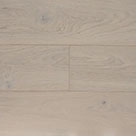 Light
Light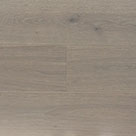 Grey
Grey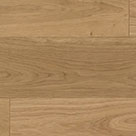 Natural
Natural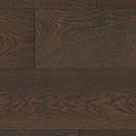 Dark
Dark White
White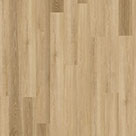 Light
Light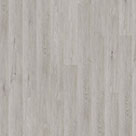 Grey
Grey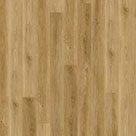 Natural
Natural Dark
Dark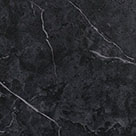 Black
Black